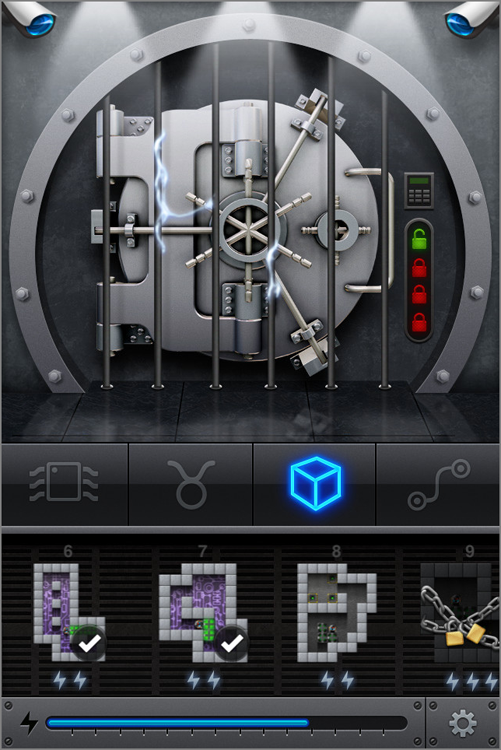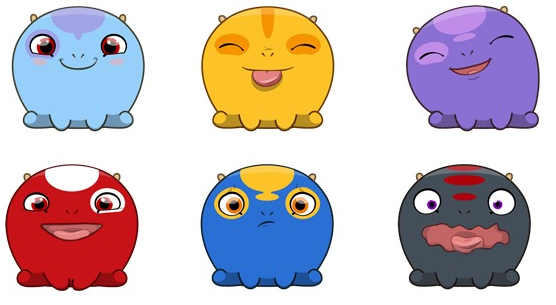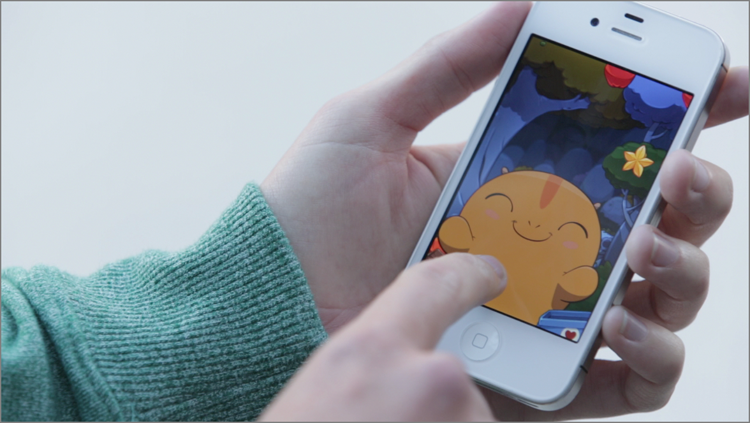Preparing to Hatch: Lessons Learned from Designing a Virtual Life iOS Game
In the beginning, Phill Ryu of Impending wanted to make an iPhone game that could teach people about themselves; in the process, he learned a lot about the iterative nature of game design.
His first game, Heist, used the iOS touch control to simulate safe cracking and attracted about a million paid downloads (see Figure 13-7). Hatch, his follow-up, was conceived while developing Heist. It uses all the unique functionality of the iOS to create an artificial pet game (see Figure 13-8).
Figure 13-7: Safecracking in the iOS game Heist.

Figure 13-8: Hatch’s fugu pets.

With Hatch, your pet, called a fugu, is fed by dragging fruit from the trees with your finger into the creature’s mouth. To help keep it happy, you pet your fugu by stroking your finger across the screen (see Figure 13-9).
Figure 13-9: Petting your Fugu in Hatch.

If you’re playing music on your phone, your fugu will dance. Incorporating the iPhone’s new face-recognition software, Hatch even allows you to play a minigame of peek-a-boo with your fugu.
Perhaps most clever of all, and unlike other artificial creature games, your fugu is directly ...
Get Game Design Secrets now with the O’Reilly learning platform.
O’Reilly members experience books, live events, courses curated by job role, and more from O’Reilly and nearly 200 top publishers.

